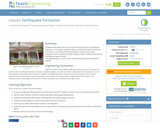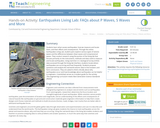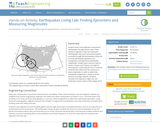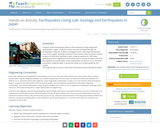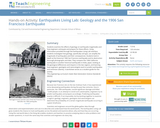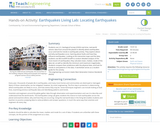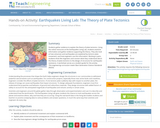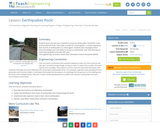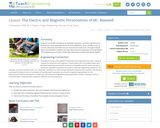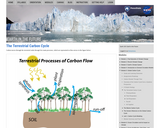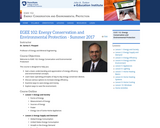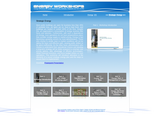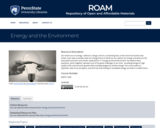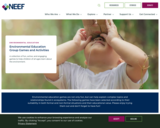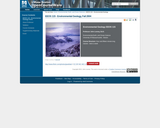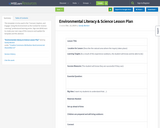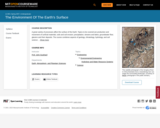Elementary School Science is a valuable resource for elementary school teachers, parents, and tutors. This website offers free lesson plans and resources covering a variety of science topics. Whether you’re teaching in the classroom or supporting learning at home, you’ll find engaging materials here.
Here are some key features of Elementary School Science:
Free Lesson Plans: The site provides comprehensive lesson plans for various science subjects. These lessons are designed to be classroom-ready, complete with objectives, materials, standards, assessments, worksheets, and instructions.
Science Subjects: You can explore lessons related to different science topics. Here are some of the subjects covered:
Animals: Learn about animal classification, habitats, ecosystems, life cycles, and more.
Human Body: Explore body parts, human body systems (circulatory, immune, muscular, respiratory, skeleton, etc.), and the five senses.
Geology and Earth Science: Dive into Earth’s natural resources, plate tectonics, landforms, volcanoes, and more.
Weather: Discover the seasons, water cycle, clouds, storms, and other weather-related concepts.
Space: Explore the universe, planets, moons, stars, and astronauts.
User-Friendly Interface: The website is easy to navigate, allowing educators and parents to quickly access relevant content.
Whether you need lesson plans, activities, or resources, Elementary School Science has you covered!
